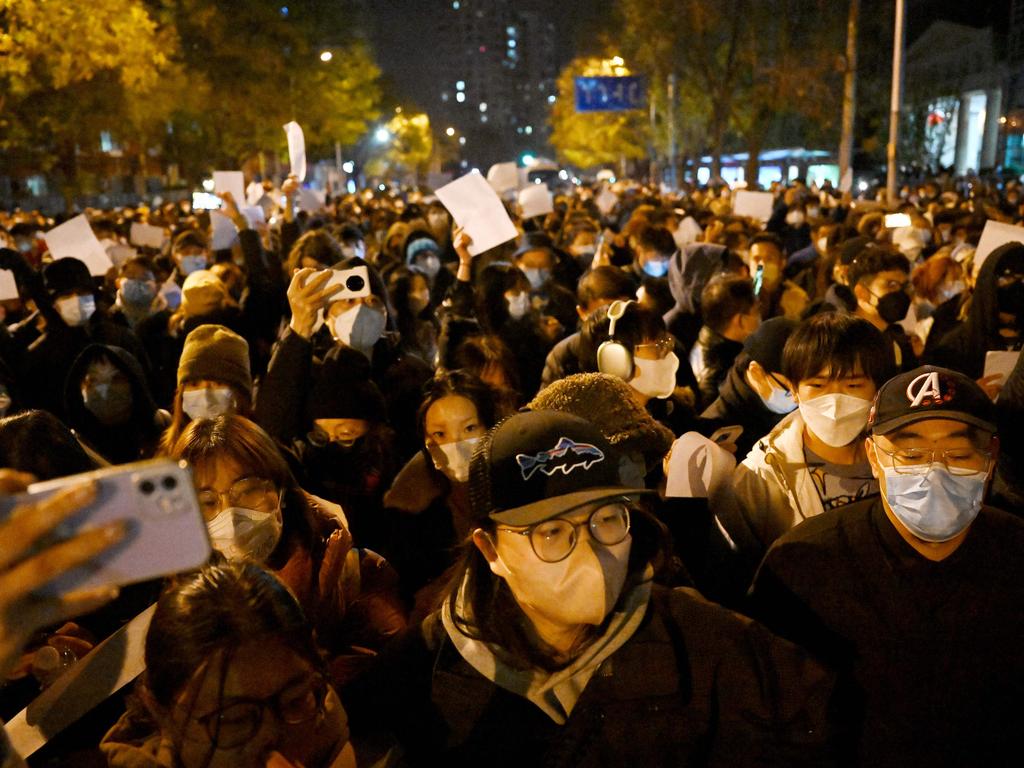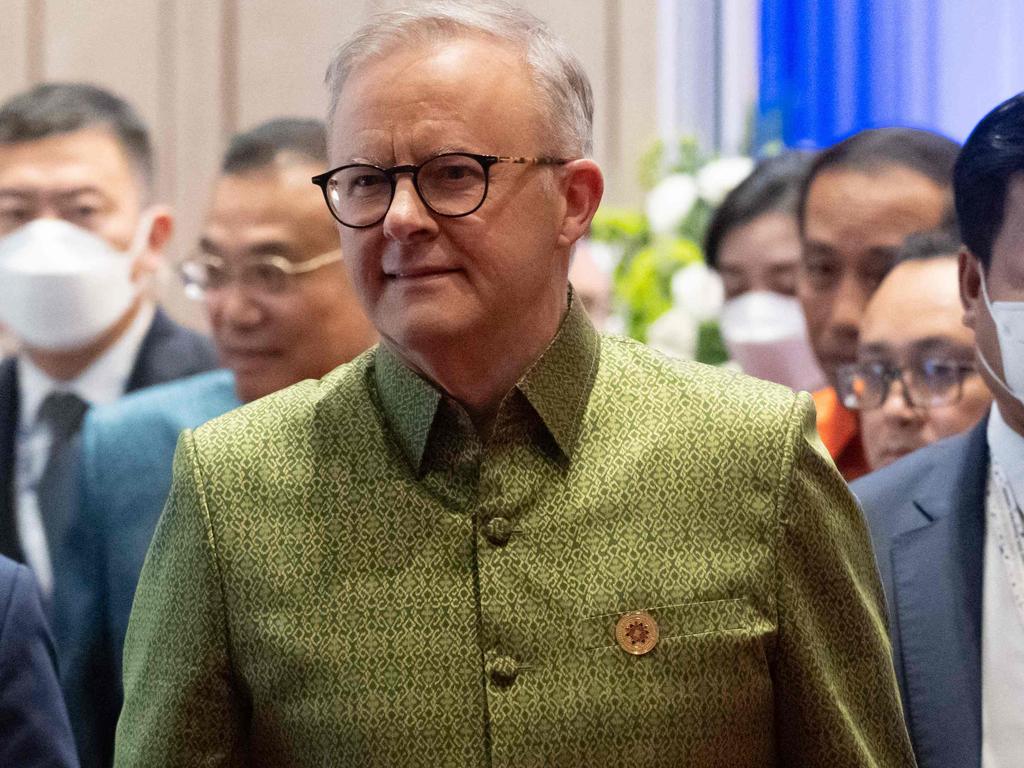China’s swelling nuclear stockpile makes it a growing rival to US
The Pentagon says China’s nuclear arsenal is on track to rival the US by 2035 - as it increases its military presence near Taiwan.
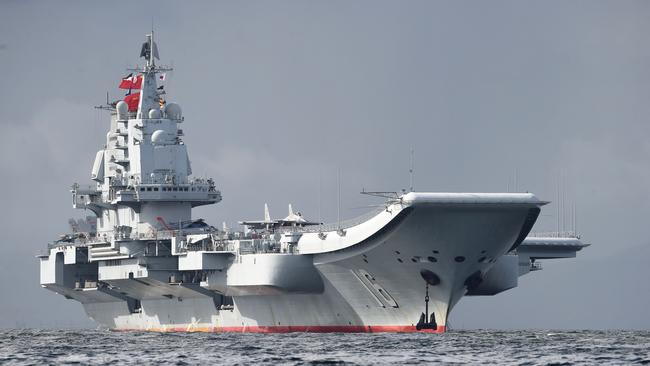
China is on pace to challenge the U.S. militarily and prevent it from intervening in a crisis with Taiwan, including by expanding its stockpile of nuclear warheads, the Pentagon said in a report published Tuesday.
The 170-page congressionally mandated annual report, which assesses China’s military and security strategy, comes amid U.S.-China tensions over Taiwan and halting efforts by the U.S. to engage Russia and China in nuclear arms control talks. The report concluded that China’s goal of expanding its nuclear arsenal and its military pursuit of control of Taiwan hadn’t been hampered over the past year.
The report predicted that China would field a stockpile of about 1,500 warheads by 2035, roughly triple the number today.
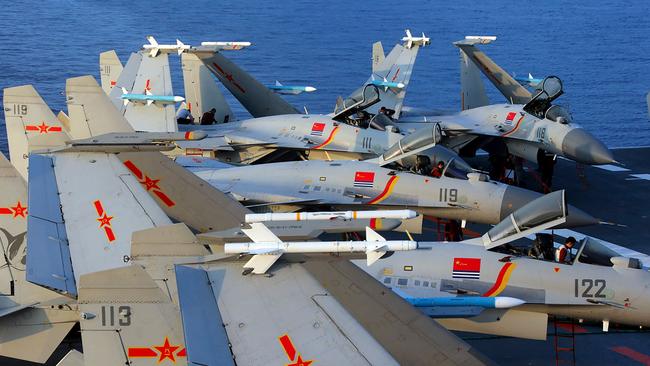
China has long rejected arms-control talks with the U.S., most recently after a nudge by the Biden administration earlier this year. China has pointed to its smaller inventory of nuclear weapons and said the U.S. should reduce its stockpiles before any talks.
Earlier this month, Russia postponed arms-control talks that could have led to the resumption of inspections under the New START treaty, which cuts long-range U.S. and Russian nuclear arms. Sergei Ryabkov, Russia’s deputy foreign minister, said Tuesday that Washington refused to engage in talks on unspecified other issues that Moscow considers a priority, according to the TASS state news agency.
Russia, the U.S. and China are the nations with the largest nuclear arsenals, according to a June 2022 report by the Stockholm International Peace Research Institute. Russia has 5,977 warheads, followed by the U.S. with 5,428 and China with at least 350.
As Beijing focuses on countering the U.S. along China’s periphery and over Taiwan, it is also transforming its military into a global force, the Pentagon report concluded.
“In 2021, the [People’s Republic of China] significantly increased engagement with African, Latin American, and Middle Eastern countries and began prioritizing public health, digital infrastructure, and green-energy opportunities,” the report said. “A global [Chinese] military logistics network could disrupt U.S. military operations as the PRC’s global military objectives evolve.” The Pentagon report also confirmed that China conducted a new hypersonic missile test in 2021, “designed to strike foreign military bases and fleets in the Western Pacific, according to a PRC-based military expert.” China, the second-largest military spender behind the U.S., focused in 2021 on advancing nearly every part of its military, including its ships, air force and basing across the world, and worked to integrate its forces, according to the report. China “could conduct a range of options for military campaigns against Taiwan, with varying degrees of feasibility and associated risks,” the report found.
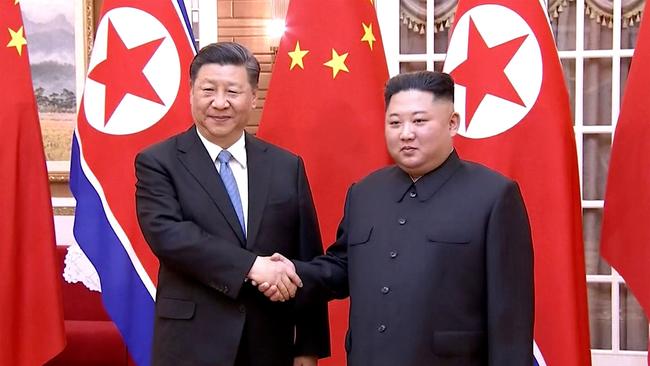
While the report is largely based on 2021 data, in 2022, China boosted its military activity around Taiwan, particularly after U.S. House Speaker Nancy Pelosi’s August visit to the self-governing island, a senior defense official said. The response from Beijing, which regards Taiwan as part of China, reshaped the Pentagon’s conclusions. That is reflected in the Pentagon’s findings, the official said.
The U.S. doesn’t foresee an imminent invasion of Taiwan, the defense official told reporters Monday.
“I think what we do see is sort of the PRC establishing kind of a new normal in terms of the level of military activity around Taiwan, following the speaker’s visit,” the official said. “What we’ve seen since [the visit] is that it has not gone down to the level that we were accustomed to prior to her visit.” Military tensions between the U.S. and China over naval operations erupted as recently as this week when the two nations disputed whether a U.S. naval ship legally transited the South China Sea. The guided missile cruiser USS Chancellorsville sailed near the Spratly Islands, which China claims as its own, in what the Navy calls a freedom of navigation exercise. China said it forced the ship to sail out of the area, a claim the U.S. called false.
WSJ

